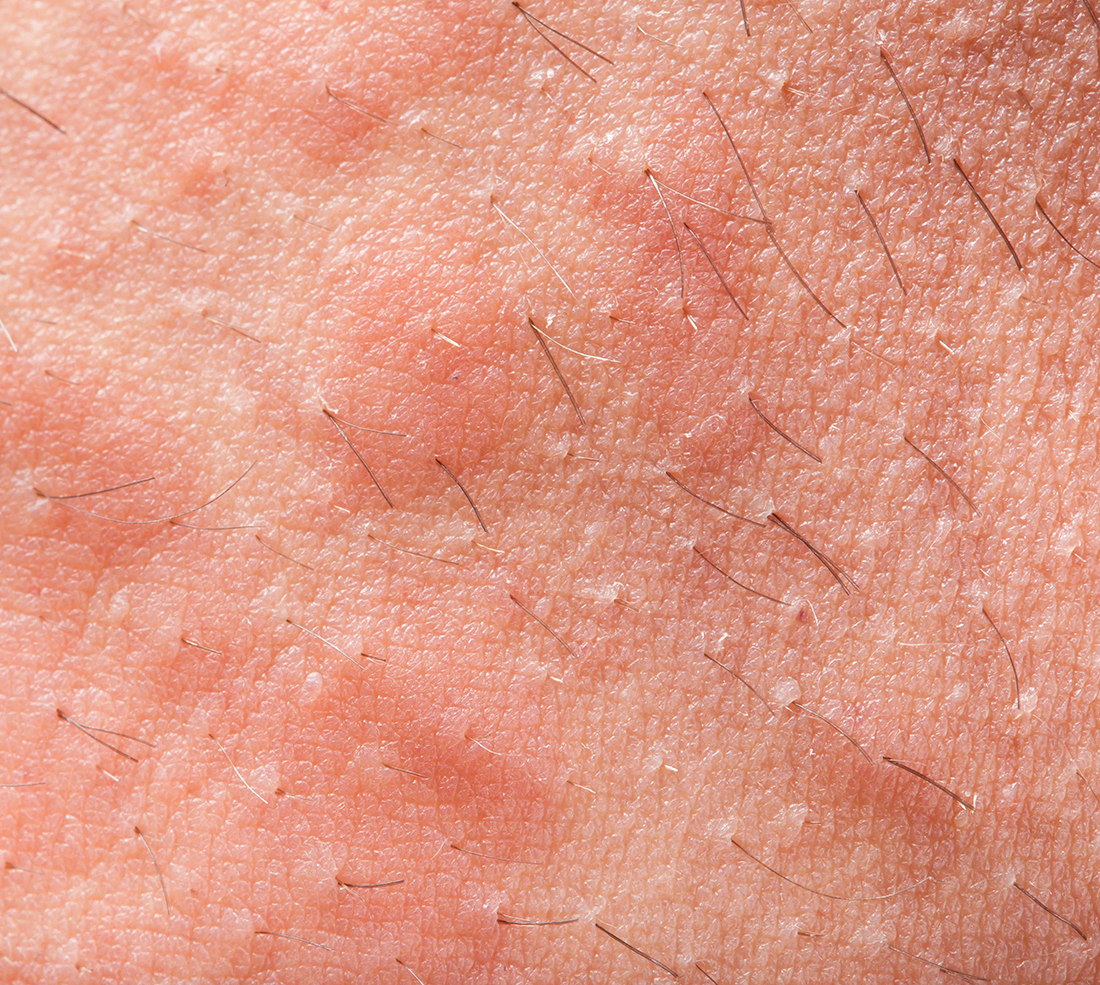
Lynde CW, Sussman G, Dion PL, Guenther L, Hébert J, Rao J, Leek TV, Waserman S.
J Drugs Dermatol. 2020 Feb 1;19(2):145-154. doi: 10.36849/JDD.2020.4835.
Allergic conditions, such as seasonal allergic rhinitis, perennial allergic rhinitis (PAR), and urticaria (both acute and chronic) are frequently treated with H1-antihistamines. However, first-generation H1-antihistamines cause impairment and potentially interfere with restful sleep, cause hangovers or “morning after” effects, impair learning and memory, and reduce work efficiency. Second generation antihistamines, such as bilastine have shown to decrease allergy symptoms effectively without causing night-time sleep disturbances and related adverse events.
Bilastine is a prescription medicine. It is not derived from nor is it a metabolite of another antihistamine, has a rapid one-hour onset of action and provides sustained efficacy. Bilastine does not penetrate the brain, is scarcely metabolized and does not interact with cytochrome P450. For the treatment of allergic conditions in adults and children over 12 years of age, a daily oral dose of bilastine 20 mg is recommended.
This real world case project was developed to help optimize patient care and supported with evidence from the literature. It included patients between 9 and 76 years old with seasonal allergic rhinitis, perennial allergic rhinitis and chronic and acute urticaria as well as urticarial vasculitis and pruritus associated with inflammatory skin conditions.
The presented cases using bilastine showed positive outcomes for the patients, relieving symptoms with safety and good tolerance.








